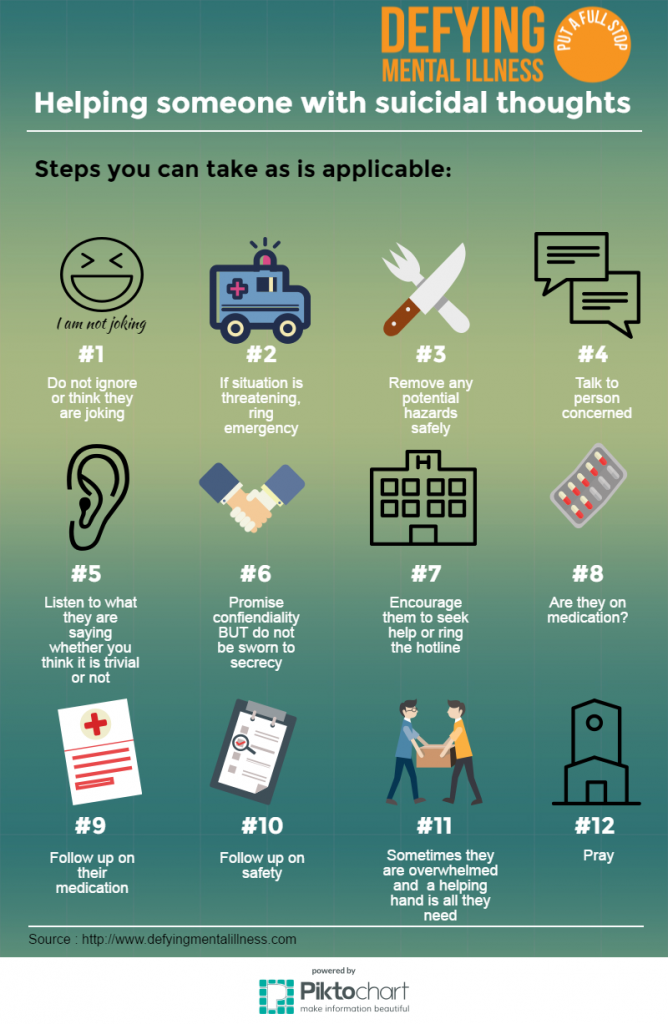What Is Resilience In Psychology
What Is Resilience In Psychology
Blog Article
How Do Mood Stabilizers Work?
Mood stabilizers help to relax locations of the mind that are influenced by bipolar illness. These medicines are most effective when they are taken regularly.
It might take a while to find the ideal drug that works finest for you and your medical professional will monitor your problem throughout therapy. This will certainly involve routine blood examinations and possibly a change in your prescription.
Neurotransmitter policy
Natural chemicals are a team of chemicals that control each other in healthy and balanced people. When degrees become unbalanced, this can lead to mood conditions like clinical depression, anxiousness and mania. State of mind stabilizers help to prevent these episodes by helping control the balance of these chemicals in the mind. They additionally may be used together with antidepressants to improve their efficiency.
Medications that work as state of mind stabilizers consist of lithium, anticonvulsants and antipsychotics. Lithium is probably one of the most popular of these medications and works by influencing the circulation of salt through nerve and muscle cells. It is most often used to treat bipolar affective disorder, yet it can additionally be handy in treating other mood conditions. Anticonvulsants such as valproate, lamotrigine and carbamazepine are likewise efficient mood supporting drugs.
It can spend some time to locate the ideal sort of drug and dose for each and every individual. It is very important to collaborate with your medical professional and take part in an open discussion regarding exactly how the medicine is helping you. This can be particularly valuable if you're experiencing any side effects.
Ion channel modulation
Ion channels are a significant target of state of mind stabilizers and several various other medications. It is now well developed that they are dynamic entities that can be modulated by a variety of external stimulations. On top of that, the modulation of these networks can have a series of temporal results. At one extreme, adjustments in gating characteristics might be quick and instant, as in the nicotinic acetylcholine receptor/channel system. At the other end of the spectrum, covalent alteration by healthy protein phosphorylation might lead to modifications in network function that last longer.
The field of ion network inflection is going into a period of maturity. Current researches have actually demonstrated that transcranial focused ultrasound (United States) can boost neurons by activating mechanosensitive potassium and salt networks installed within the cell membrane layer. This was demonstrated by expressed networks from the two-pore domain name potassium household in Xenopus oocytes, and focused United States dramatically modulated the current flowing via these networks at a holding voltage of -70 mV (best panel, relative result). The outcomes are consistent with previous observations showing that antidepressants impacting Kv networks manage glia-neuron interactions to opposite depressive-like actions.
Neuroprotection
State of mind stabilizers, like lithium, valproic acid (VPA), and carbamazepine, are vital in the treatment of bipolar illness, which is defined by persistent episodes of mania and depression. These medicines have neuroprotective and anti-apoptotic properties that aid to avoid cellular damages, and they likewise enhance mobile durability and plasticity in dysfunctional synapses and neural wiring.
These protective actions of state of mind stabilizers may be moderated by their restraint of GSK-3, inositol signaling, and HDAC activity. Furthermore, lasting lithium treatment shields versus glutamate excitotoxicity in cultured neurons-- a version for neurodegenerative disorders.
Researches of the molecular and mobile effects of state of mind stabilizers have shown that these medications have a variety of intracellular targets, consisting of multiple kinases and receptors, along with epigenetic modifications. Refresher course is needed to establish if mood stabilizers have neurotrophic/neuroprotective actions that are cell type or wiring specific, and just how these impacts might complement the rapid-acting healing reaction of these representatives. This will help to establish new, quicker acting, more efficient treatments for psychological ailments.
Intracellular signaling
Cell signaling is the process through which cells interact with their setting and other cells. It entails a sequence of action in which ligands engage with membrane-associated receptors and lead to activation of intracellular pathways that regulate vital downstream mobile features.
State of mind stabilizers act on intracellular signaling via the activation of serine-threonine protein kinases, leading to the phosphorylation of substratum proteins. This turns on signaling cascades, causing changes in genetics expression and mobile function.
Lots of mood stabilizers (including lithium, valproate and lamotrigine) target intracellular signaling paths by preventing details phosphatases or activating anxiety treatment certain kinases. These results cause a decline in the activity of these pathways, which brings about a reduction in the synthesis of specific chemicals that can influence the brain and result in signs and symptoms of depression or mania.
Some state of mind stabilizers additionally work by improving the task of the repressive neurotransmitter gamma-aminobutryic acid (GABA). This boosts the GABAergic transmission in the mind and decreases neural task, thereby creating a relaxing effect.